- Have any questions?
- +86-189 8930 5995
- sales@mosinterchem.com.cn
Ferrocene CAS 102-54-5

Cyclopentadienyl Manganese Tricarbonyl CMT CAS 12079-65-1
28/12/2018
Cypermethrin CAS 52315-07-8 86753-92-6 65731-84-2 71697-59-1
28/12/2018| Model: | MOS 102-54-5 |
| Place of Origin: | Zhejiang,China (Mainland) |
| Brand: | MOSINTER |
| Molecular formula: | C10H10Fe |
| Molar mass: | 186.04 g/mol |
| Appearance: | light orange powder |
| Melting point: | 172.5 °C |
| Density: | 1.107 g/cm3 |
| Ultraviolet absorption: | λmax 358 nm |
| Boiling point: | 249 °C |
| Content: | ≥98% |
| Alias: | BIS(CYCLOPENTADIENYL)IRON |
Ferrocene (CAS: 102-54-5)
| Item | Index |
| Content | 98% min |
| Melting point | 172℃-174℃ |
| Appearance | Orange yellow powder |
| Free iron | 50 ppm max |
| Insoluble in Benzene | 0.01% Max |
| Water | 0.03% Max |
Ferrocene is an organometallic compound with the formula Fe(C5H5)2. It is
the prototypical metallocene, a type of organometallic chemical compound
consisting of two cyclopentadienyl rings bound on opposite sides of a central
metal atom. Such organometallic compounds are also known as sandwich compounds
. The rapid growth of organometallic chemistry is often attributed to the excitement
arising from the discovery of ferrocene and its manyanalogues.
Structure and bonding
The carbon-carbon bond distances are 1.40 Å within the five-membered rings, and the
Fe-C bond distances are 2.04 Å. Although X-ray crystallography (in the monoclinic space
group) points to the Cp rings being in a staggered conformation, it has been shown through
gas phase electron diffraction and computational studies that in the gas phase the Cp rings
are eclipsed. The staggered conformation is believed to be most stable in the condensed
phase due to crystal packing.
The Cp rings rotate with a low barrier about the Cp(centroid)-Fe-Cp(centroid) axis, as
observed by measurements on substituted derivatives of ferrocene using 1H and 13C nuclear
magnetic resonancespectroscopy. For example methylferrocene (CH3C5H4FeC5H5) exhibits
a singlet for the C5H5 ring.
In terms of bonding, the iron center in ferrocene is usually assigned to the +2 oxidation state,
consistent with measurements using Mössbauer spectroscopy. Each cyclopentadienyl (Cp) ring
is then allocated a single negative charge, bringing the number of π-electrons on each ring to six,
and thus making them aromatic. These twelve electrons (six from each ring) are then shared with
the metal via covalent bonding. When combined with the six d-electrons on Fe2+, the complex
attains an 18-electron configuration.
Synthesis and handling properties
The first reported synthesis of ferrocene used the Grignard reagent cyclopentadienyl magnesium
bromide, which can be prepared by reacting cyclopentadiene with magnesium and bromoethane
inanhydrous benzene. Iron(II) chloride is then suspended in anhydrous diethyl ether and added to
the Grignard reagent. The reaction sequence is:
2 C5H5MgBr + FeCl2 → Fe(C5H5)2 + MgCl2 + MgBr2
Numerous other syntheses have been reported, including the direct reaction of gas-phase
cyclopentadiene with metallic iron[19] at 350 °C or with iron pentacarbonyl.
Fe + 2 C5H6(g) → Fe(C5H5)2 + H2(g)Fe(CO)5 + 2 C5H6(g) → Fe(C5H5)2 + 5 CO(g) + H2(g)
More efficient preparative methods are generally a modification of the original transmetalation
sequence using either commercially available sodium cyclopentadienide[21] or freshly
crackedcyclopentadiene and potassium hydroxide with anhydrous iron(II) chloride in ethereal solvents:
2 NaC5H5 + FeCl2 → Fe(C5H5)2 + 2 NaClFeCl2.4H2O + 2 C5H6 + 2 KOH → Fe(C5H5)2 + 2 KCl + 6 H2O
Direct transmetalation can also be used to prepare ferrocene from other metallocenes, such as manganocene:
FeCl2 + Mn(C5H5)2 → MnCl2 + Fe(C5H5)2
Applications of ferrocene and its derivatives
Ferrocene and its numerous derivatives have no large-scale applications, but have many niche uses
that exploit the unusual structure (ligand scaffolds, pharmaceutical candidates), robustness
(anti-knock formulations, precursors to materials), and redox (reagents and redox standards).
Fuel additives
Ferrocene and its derivatives are antiknock agents used in the fuel for petrol engines; they are
safer than tetraethyllead, previously used. It is possible to buy at Halfords in the UK, a petrol additive
solution which contains ferrocene which can be added to unleaded petrol to enable it to be used in
vintage cars which were designed to run on leaded petrol. The iron containing deposits formed from
ferrocene can form a conductive coating on the spark plug surfaces.
Pharmaceutical
Some ferrocenium salts exhibit anticancer activity, and an experimental drug has been reported
which is a ferrocenyl version of tamoxifen. The idea is that the tamoxifen will bind to theestrogen
binding sites, resulting in a cytotoxicity effect.
Materials chemistry
Ferrocene, being readily decomposed to iron nanoparticles, can be used as a catalyst for the production
of carbon nanotubes.The vinyl ferrocene from ferrocene can be made by a Wittig reaction of the aldehyde,
a phosphonium salt and sodium hydroxide. The vinyl ferrocene can be converted into a polymer which can
be thought of as a ferrocenyl version of polystyrene (the phenyl groups are replaced with ferrocenyl groups).
As a ligand scaffold
Chiral ferrocenyl phosphines are employed as ligands for transition-metal catalyzed reactions. Some of them
have found industrial applications in the synthesis of pharmaceuticals and agrochemicals. For example, the
diphosphine 1,1′-bis(diphenylphosphino)ferrocene (dppf) is a valuable ligand for palladium-coupling reactions.
You must be logged in to post a review.

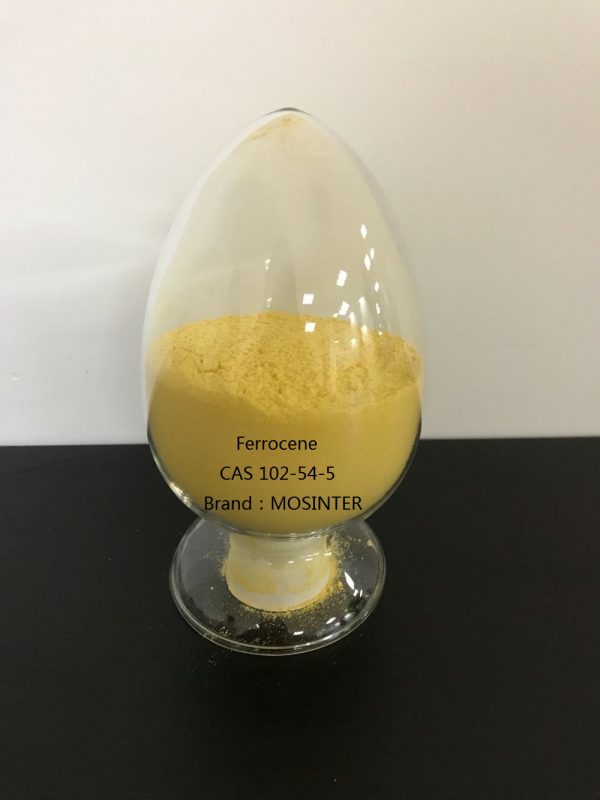
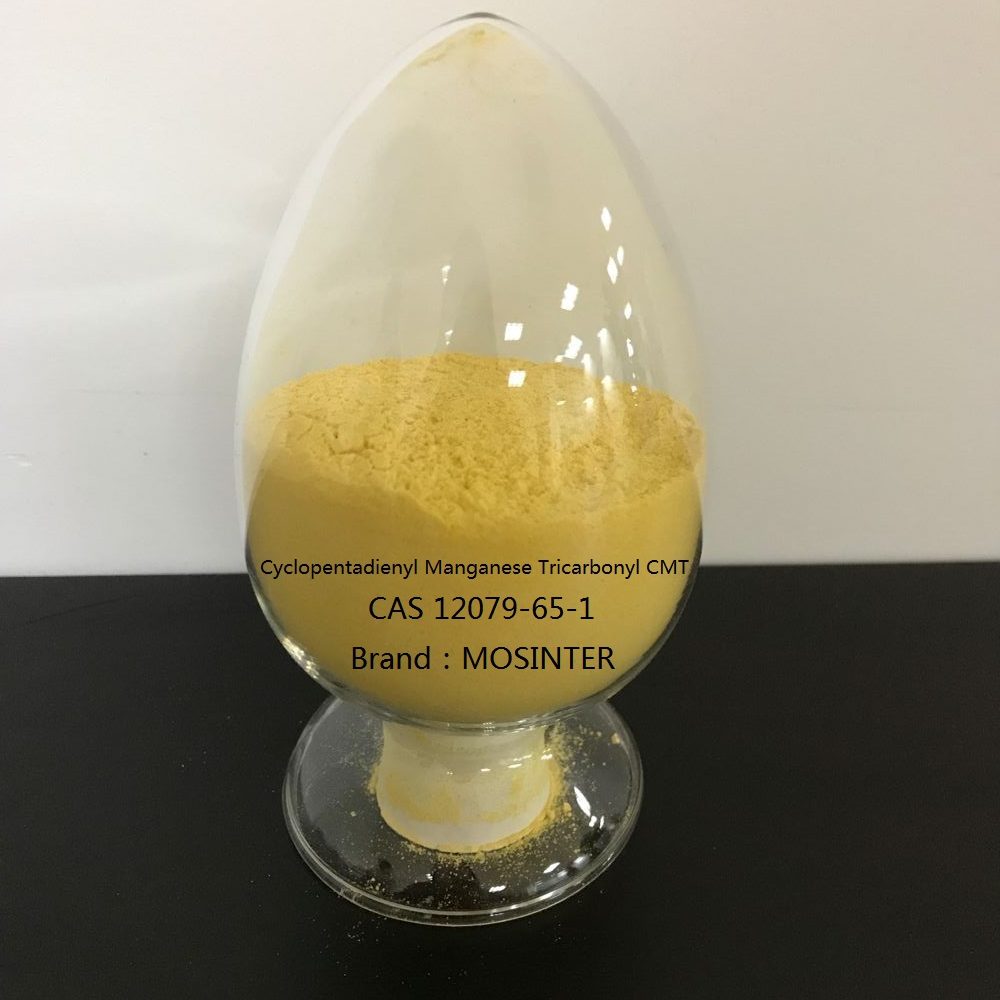
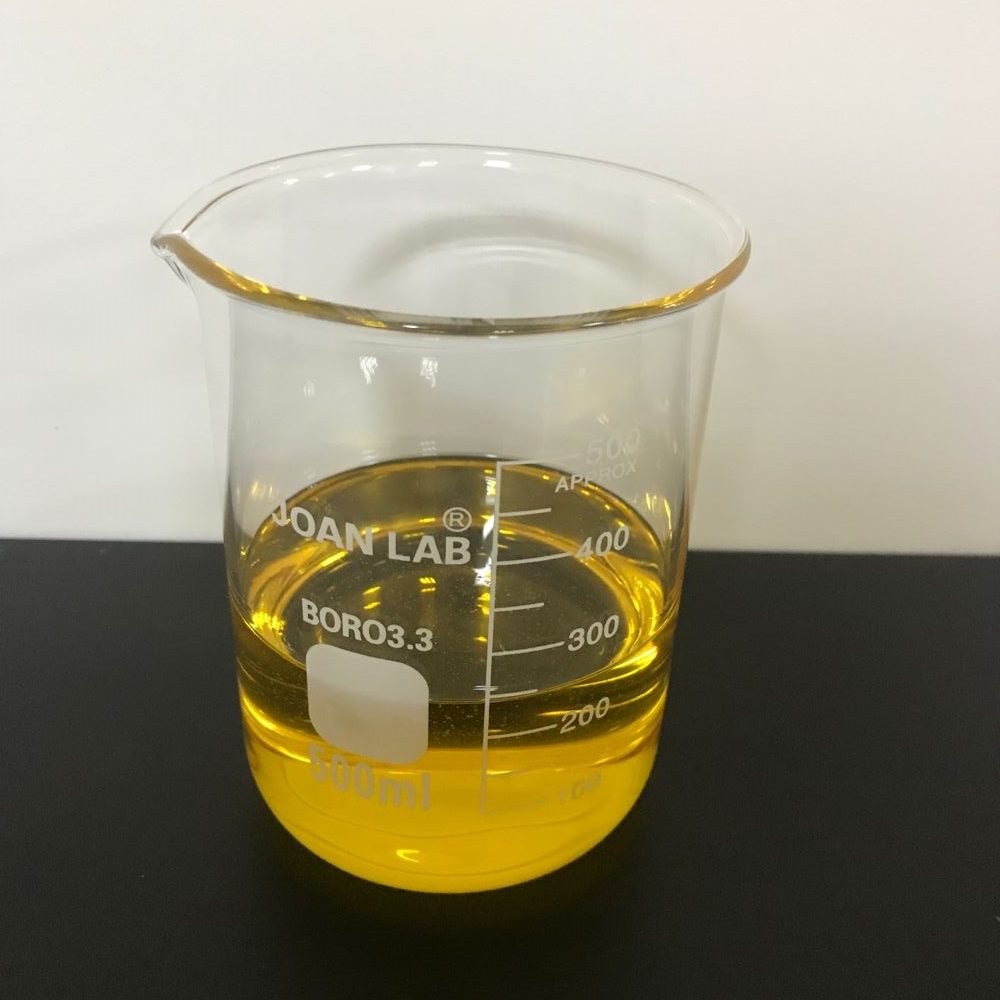
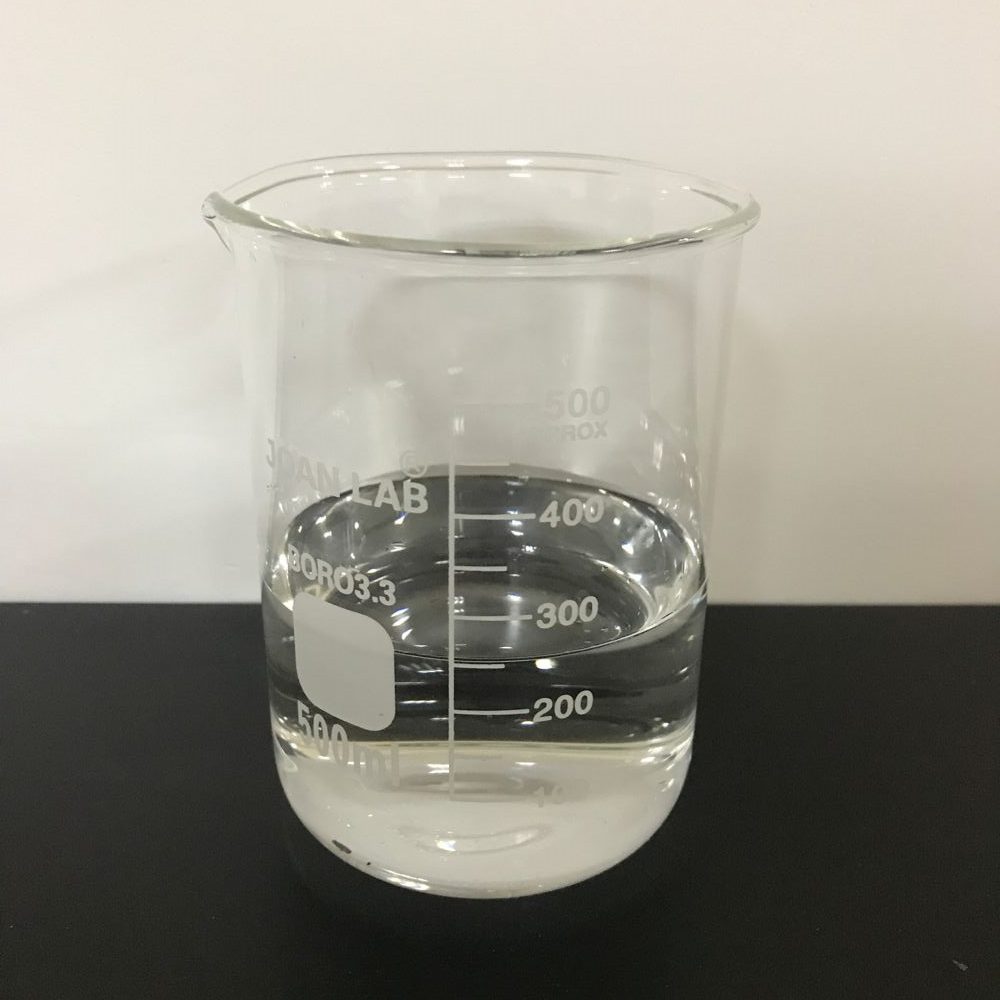
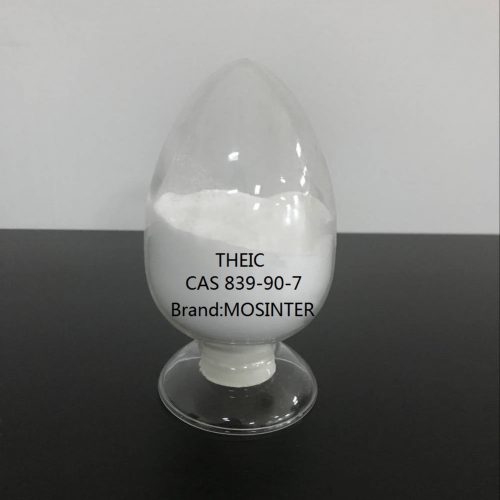
Reviews
There are no reviews yet.